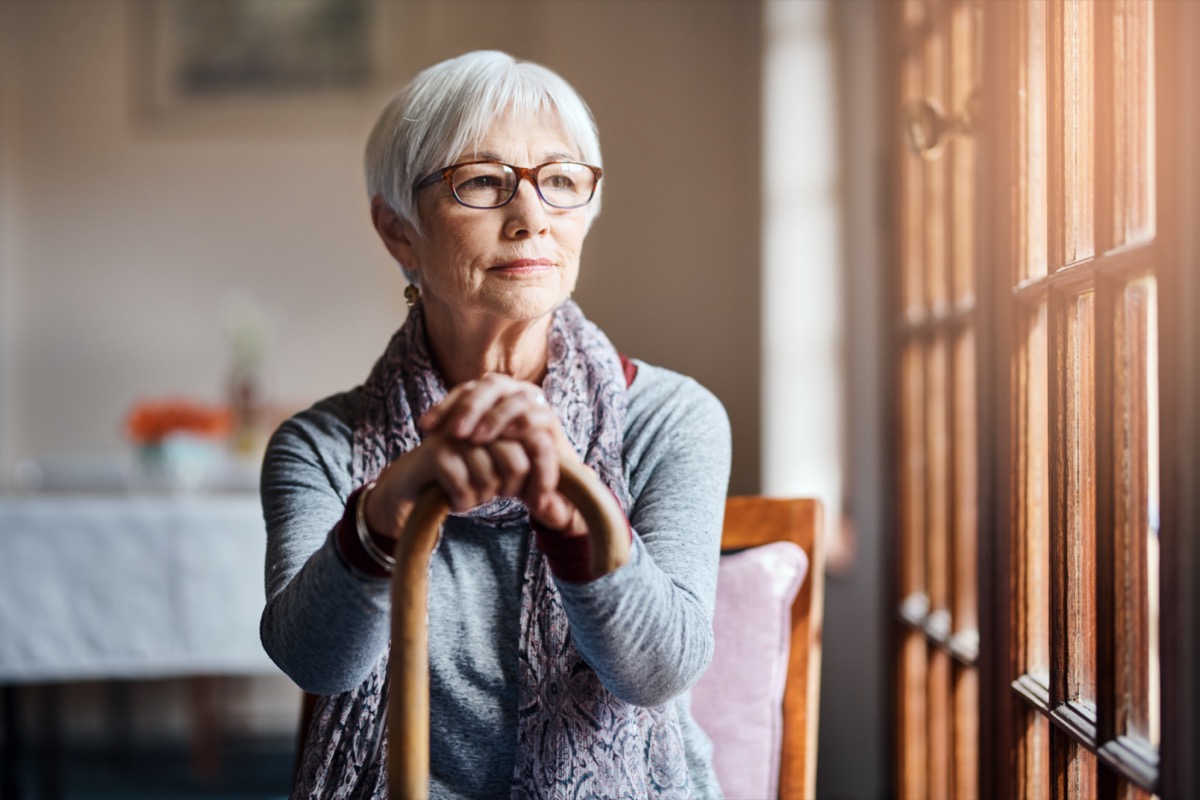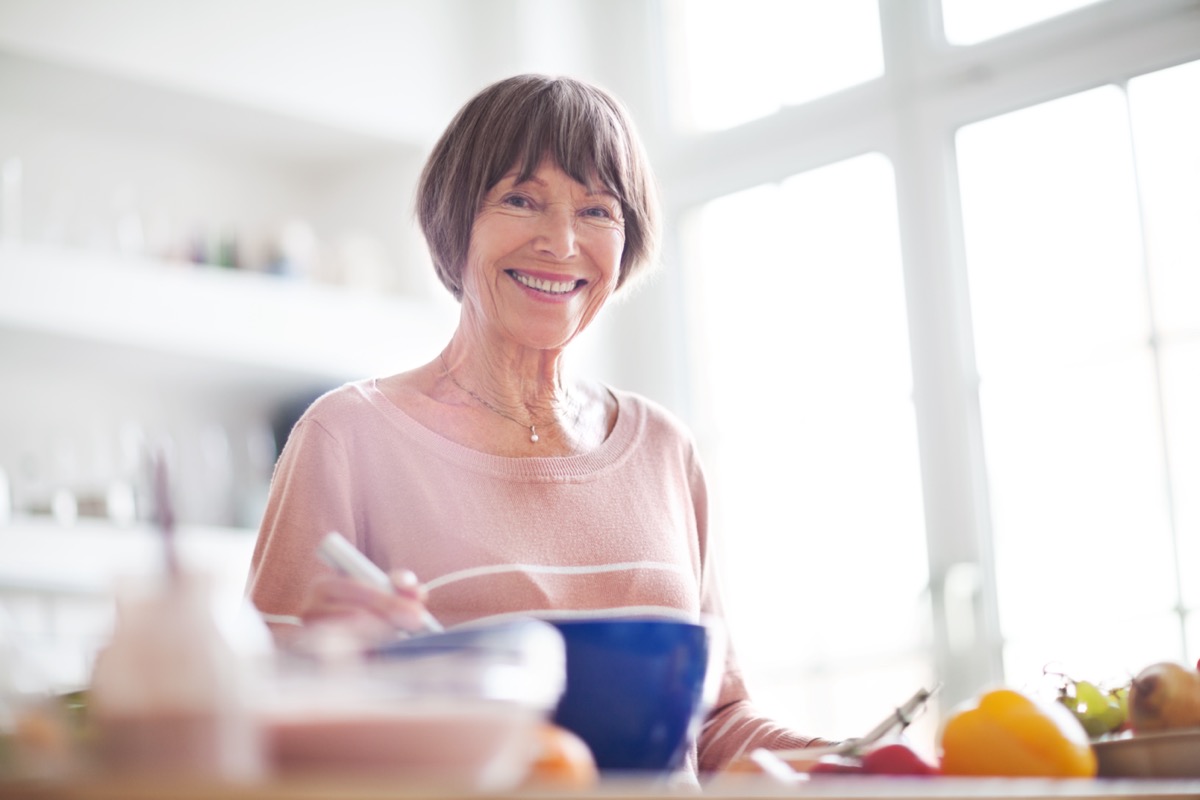New Study Reveals a Major Side Effect of Keeping Busy After 60

Variety is often called the spice of life, but having a diverse array of hobbies and activities is linked to more than just a good time. Research published in the Journal of Gerontology reports more activity diversity promotes greater psychological well-being, while another research project published in Innovation in Aging finds that keeping busy with various projects and hobbies helps support strong memory and learning skills.
Now, life in old age is supposed to be simple. (That's the whole point of retirement, right?) After a lifetime spent knocking out responsibility after responsibility, the older among us are certainly entitled to some laziness. That being said, simple doesn't have to mean boring. A new study conducted at the University of South Florida and published in the Journal of Gerontology reports yet another benefit linked to keeping a busy schedule—especially for older adults. Keep reading to learn more about this secret trick for healthier living after 60. And for more advice for your golden years, don't miss What a Daily Walking Habit Does to Your Body After 60, According to Science.
More activities = More emotions

Researchers report that keeping busy with lots of different hobbies and tasks leads to a flurry of both positive and negative emotions. While the notion of more negative feelings may not sound super appealing, study authors say it's important to break out of one's comfort zone from time to time.
"Experiencing a broad spectrum of emotions is adaptive and beneficial to health because it means having a more balanced and nuanced appraisal of daily life," explains study co-author Soomi Lee, assistant professor of aging studies in the University of South Florida College of Behavioral and Community Sciences. "For example, even for negative emotions, feeling intense anger across situations may mean that the individual has a narrow appraisal of situations, whereas feeling a mix of anger, sadness and shame may indicate a broader and more nuanced appraisal."
The research team polled close to 3,000 adults of varying ages on their usual routines and daily emotions, and a clear link between more activity diversity and greater emotional diversity became apparent.
However, older participants over the age of 60 showed notably less emotional diversity than younger adults. This indicates that the average 60+ adult will benefit from a busier schedule and new activities, and yes, even getting frustrated or annoyed from time to time.
Should older adults find themselves screaming every day? Definitely not, but being open to new hobbies and a few roadblocks or learning moments along the way will result in more emotional diversity and ultimately improved health. And for more on aging, don't miss The Best Exercises for Building Stronger Muscles After 60, Say Experts.
The Research

All participants were considered generally healthy and well-educated. Each person reported how often they engaged in the following activities: paid work, leisure, spending time with kids, chores, physical activity, volunteering, and helping others (non-family members). Every participant reported on their daily routines for eight consecutive days. Additionally, subjects reported the emotions they felt throughout the day, as well.
Enter "Emodiversity"

The emotional information collected from participants was then used to calculate "emodiversity" scores for each person. According to the research team, the term emodiversity refers to rich and balanced emotions.
Each person's emodiversity score was broken down into 13 positive emotion categories and 14 negative emotion categories. The positives were: satisfied, full of life, calm and peaceful, cheerful, in good spirits, extremely happy, enthusiastic, attentive, proud, active, close to others, belonging, and confident. Negative emotions considered were frustrated, feeling like everything is an effort, so sad that nothing will cheer you up, worthlessness, nervous, restless or fidgety, hopeless, afraid, jittery, irritable, ashamed, upset, lonely, and angry.
Here's Why Emodiversity Is a Good Thing

Professor Lee theorizes older adults show less emotional diversity because they just don't engage in as many different activities as younger adults. She names work and spending time with kids as two activities common in middle-aged adults but usually rare among those over 60. Additionally, older adults may simply not be quite as emotional as their younger counterparts after a long, eventful life. Finally, older individuals may actively avoid new situations in general.
It's also important to note that actual time spent on various activities did not correlate with emotional diversity. So, don't feel like you have to spend all day on new endeavors—just try and spice things up with something new from time to time. And for more great healthy living advice, don't miss the Secret Side Effects of Lifting Weights for the First Time, Says Science.








